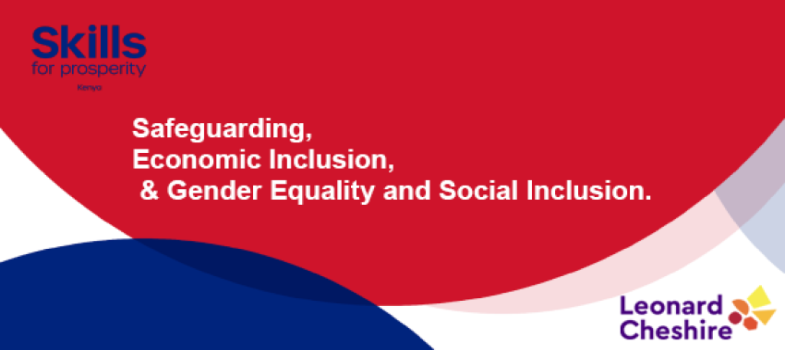3.4.4. Barriers to Reporting Concerns

Activity:
Take a moment to reflect on what barriers are experienced in reporting safeguarding concerns in your institution. What can be done to break these barriers and build stakeholder confidence in reporting?
How do the barriers to reporting concerns in your institution compare with the following examples:
- Most of these reporting channels are online, and may not be easily assessed;
- Apathy and distrust of the reporting channel;
- The response processes are censured and lack empathy;
- Lack of timely or adequate feedback to the persons who raised concerns;
- They are not well structured, especially the communication aspects of the reporting channels;
- They do not guarantee the confidentiality of information to protect the source;
- Fear of backlash or losing one’s job because of being a whistleblower;
- Inappropriateness and use of disability-unfriendly technologies;
- Reporting channels do not exist or are not widely known;
- Lack of awareness of the policies and procedures for safeguarding, including what constitutes abuse;
- Lack of visible leadership for safeguarding;
- Limited resources to respond to reported concerns, and;
- Existing gender and cultural barriers that do not support speaking out about abuse.

| Previous | Next |






